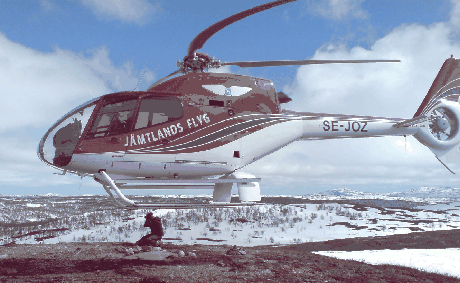
Next: Aperture Up: 4.5 Cameras Previous: 4.5 Cameras Contents Index
Several practical issues arise when capturing digital images. The image is an 2D array of pixels, each of which having red (R), green (G), and blue (B) values that typically range from 0 to 255. Consider the total amount of light energy that hits the image plane. For a higher-resolution camera, there will generally be less photons per pixel because the pixels are smaller. Each sensing element (one per color per pixel) can be imagined as a bucket that collects photons, much like drops of rain. To control the amount of photons, a shutter blocks all the light, opens for a fixed interval of time, and then closes again. For a long interval (low shutter speed), more light is collected; however, the drawbacks are that moving objects in the scene will become blurry and that the sensing elements could become saturated with too much light. Photographers must strike a balance when determining the shutter speed to account for the amount of light in the scene, the sensitivity of the sensing elements, and the motion of the camera and objects in the scene.
 |
Also relating to shutters, CMOS sensors unfortunately work by sending out the image information sequentially, line-by-line. The sensor is therefore coupled with a rolling shutter, which allows light to enter for each line, just before the information is sent. This means that the capture is not synchronized over the entire image, which leads to odd artifacts, such as the one shown in Figure 4.33. Image processing algorithms that work with rolling shutters and motion typically transform the image to correct for this problem. CCD sensors grab and send the entire image at once, resulting in a global shutter. CCDs have historically been more expensive than CMOS sensors, which resulted in widespread appearance of rolling shutter cameras in smartphones; however, the cost of global shutter cameras is rapidly decreasing.
Steven M LaValle 2020-11-11